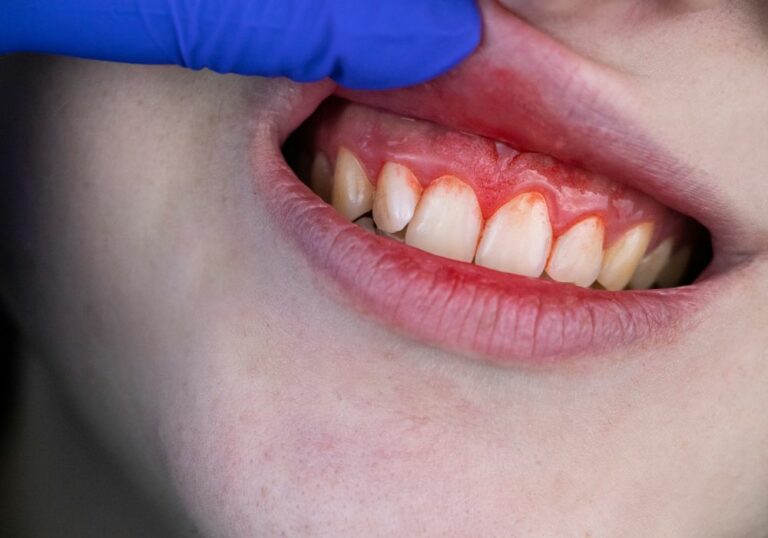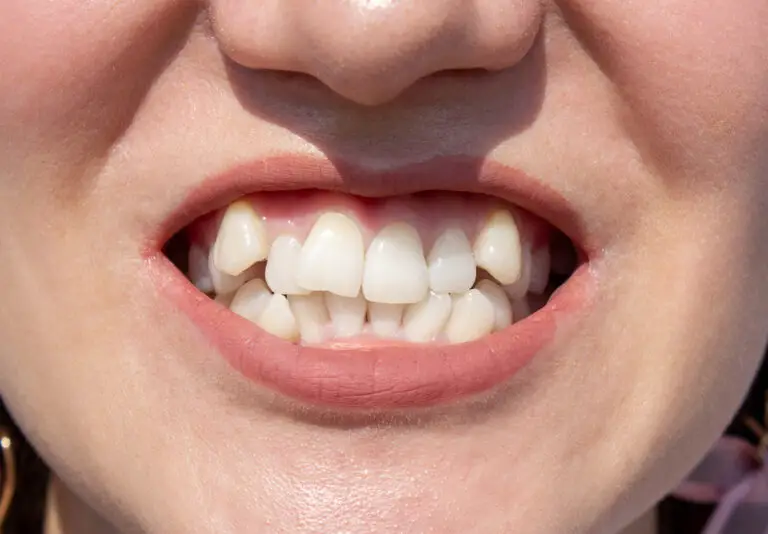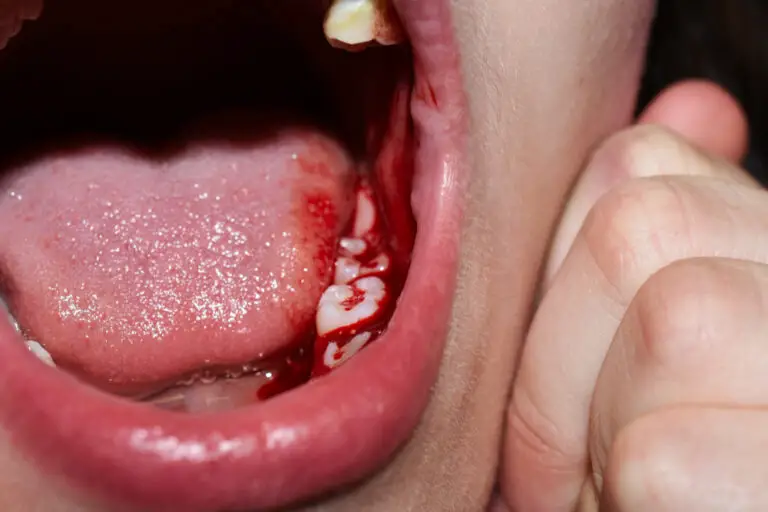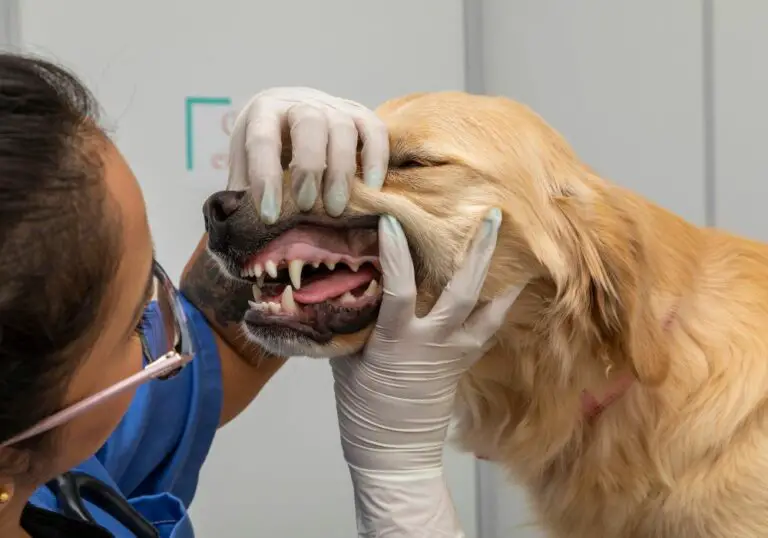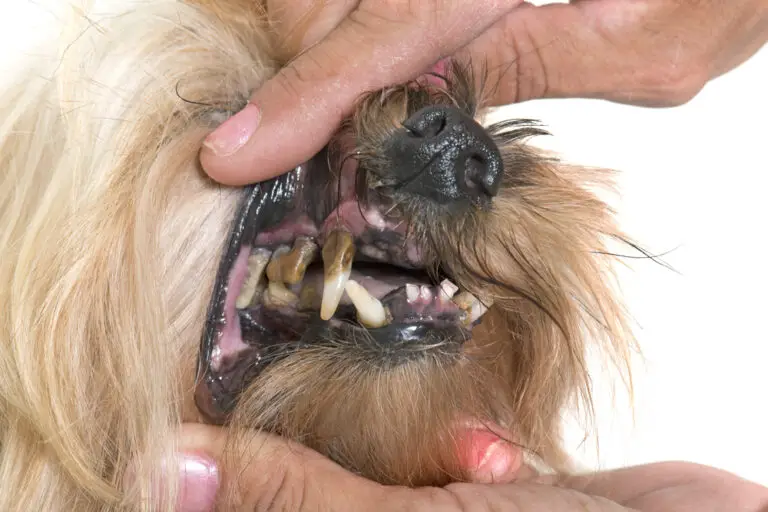Teeth whitening is a popular non-invasive cosmetic treatment that can be done either in-office or at home. While it’s more palatable than other dental procedures, there are some side effects to understand and watch out for.
Burned gums are a more serious concern when it comes to teeth whitening treatments. While actual burns are uncommon, they can be uncomfortable and difficult to manage. Prevention is key, but you can alleviate pain with over-the-counter painkillers and keep the area clean with warm saltwater rinses.
In most cases, you shouldn’t need to contact your dentist about burned gums from teeth whitening. In this article, we explain what side effects to expect, how to identify and treat burned gums, and how to make sure this doesn’t happen to you.
Let’s dive in!
Side Effects of Teeth Whitenings
While burned gums seem super painful, they’re probably the least likely side-effect you will deal with. Most of your post-whitening irritation will come from:
- Sensitive teeth
- Enamel damage
- Sensitive gums
Keep in mind that sensitivity is to be expected, but no whitening product should cause immense pain. The bleaching agents and peroxides used to combat stains and discoloration are fairly aggressive, but they shouldn’t leave you in tears.
Sensitive Teeth and Enamel Damage
Our teeth are covered in tough enamel (arguably the toughest substance in the human body). Considering it’s a 5 on the Mohs Hardness Scale (meaning it’s as hard or harder than steel), you can understand how well it does at protecting the more sensitive parts underneath.
Still, the ingredients in whitening agents are strong enough to wear enough away to expose the tubes that lead to your tooth’s nerve endings. This isn’t the same as breaking a tooth and exposing the nerve fully, but it still opens you up to sharp pains when exposed to heat or cold.
The enamel usually repairs itself soon after, but the sensitivity can be a chore to deal with.
Sensitive Gums
While your teeth can hold up to the abrasive nature of whitening gel and strips, the soft tissue of your gums is another story. The gel shouldn’t come into contact with your gums at all, and when it does it’s likely you’ll experience some pain.
Most people end up with slightly irritated gums. They may sting, redden, or be more sensitive to hot or cold foods/drinks. This goes away in a few days and is easily managed.
The bigger concern is if you severely burn your gums (which is unlikely when you follow instructions down to the letter). These chemical burns are extremely painful, and the injured gums often lead to other issues like:
- Tooth sensitivity
- Receding gums
- Gum disease (like gingivitis)
- Loose teeth
- Tooth loss
Sensitive gums and chemical burns are similar, but they’re not the same. Sensitivity is to be expected, but burns are a sign of misuse that require more specialized attention.
How to Identify and Treat Burned Gums from Teeth Whitening
Unlike other parts of your body, chemical burns turn the area white. They may also swell, although the specifics vary from person to person.
Burns caused by teeth whitening agents are similar to sunburns, and it’s likely that the injured gum tissue will eventually slough off in favor of fresh tissue.
If your tooth whitening does lead to these chemical burns:
- Stop with the bleaching treatment immediately. Even if you’re in the middle of the process, a burning sensation does not fall within the normal parameters of discomfort.
- Wipe the gel off your teeth and gums.
- Rinse your mouth. Start with normal water, then (if you can handle it) use a salt water rinse to effectively remove leftover product and soothe the area.
Keep up with the saltwater rinses to keep the area clean and satiated. You can also use over the counter pain relievers like acetaminophen and ibuprofen to manage the pain.
Some studies show that the application of vitamin e to chemical burns derived from peroxide whitening products can alleviate pain and assist the healing process.
Until healing is complete, make sure you avoid anything that might irritate your mouth. This includes spicy foods, acidic foods, carbonated beverages, alcohol, and even alcohol-based mouthwashes (find a pH neutral option like TheraBreath).
Try your best to leave the area alone. You’ll probably have the urge to tongue the area or check over it a million times a day, but the less you fiddle with it the faster it will heal. You can try a numbing cream like Orajel or Anbesol, but this may not last long enough to be worth the hassle.
Protecting Your Gums During Future Teeth Whitening Sessions
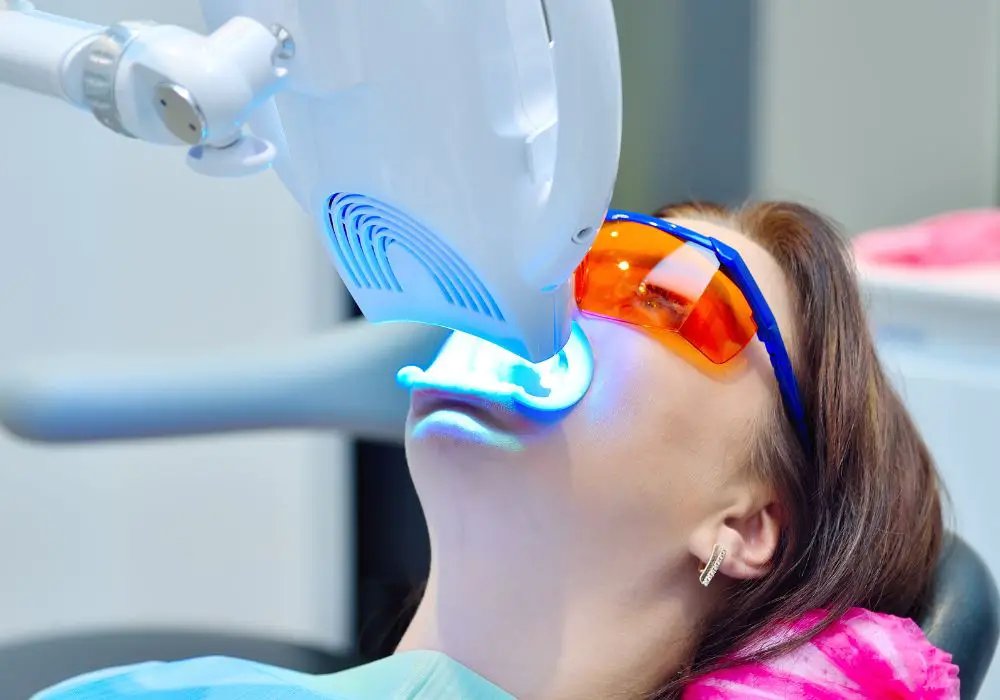
It may sound cliche, but the best offense against burnt gums from teeth whitening is defending against that possibility. By limiting your chance of damaging your gum line, you can walk out of the whitening process with minimal sensitivity and better confidence.
The most effective suggestions involve:
- Leaving whitening to the professionals
- Making sure you’re using the right amount
- Following the instructions perfectly
- Using a weaker whitening solution
If your gums are particularly sensitive, you can also use a desensitizing gel prior to whitening to offset the effects. This one isn’t as effective at preventing a chemical burn, but it can minimize the potential side effects.
Enlist Professional Help
While an in-office treatment costs more, it’s also the least likely to lead to chemical burns on your gums. Your dentist has the expertise needed to deal with these abrasive materials, and they can customize the procedure to match your specific mouth and concerns.
Having professional eyes and hands on your teeth during the bleaching process allows for more meticulous application than doing it yourself while looking in the mirror. They will be able to keep your gums clear of any whitening gel and intercede quickly and effectively if an issue does pop up.
Custom-Fitted Whitening Trays
If you’re not keen on sitting in a dental chair every time you need a whitening session, talk to your dentist about having a custom–fit tray made. Because these are shaped to fit your teeth perfectly, they ensure that the whitening gel only comes in contact with your teeth.
A custom fit tray is more expensive than a one-size-fits-all tray, but you won’t end up with a mouthguard that covers half your gums. While you’re at it, you can also have your dentist prescribe the perfect whitening agent for your teeth.
Use the Correct Amount
Using too much gel is the main cause of burned gums after bleaching. You should only use enough to cover your teeth, and anything that gets on your gums should be wiped off with a soft cloth or cotton swab.
Piling on the gel won’t make your teeth any brighter, but it dramatically increases your chances of getting a chemical burn.
The same goes for whitening strips. These are a low-cost, no-fuss option for teeth whitening, but they’re made so that anyone can use them. This means that, for most people, the strips will be too large.
Hold them up to your mouth and use sharp scissors to trim the extra off the top. This prevents the whitening agent from pressing against your gums and causing major discomfort once you peel them off.
Follow All Instructions
This is a given, but some people need to hear it again. If you’re using a new whitening product, make sure you review the instructions; they’re not universal.
For most products, the instructions tell you to:
- Start with a clean surface
- Place the gel in the front of the tray
- Push the tray over your teeth, then wipe away any excess gel
- Keep in your mouth for ~30 minutes
Pay close attention to the time limit, frequency guidelines, and caution sections. Going over the maximum time may cause the gel to spread to your gums, and using too often doesn’t allow time for recovery.
The product may also have special considerations, all of which you want to know before using.
Opt for a Weaker Whitening Solution
You may need to tone down your whitening treatment in favor of your own comfort. You don’t need to burn through your enamel to unearth pearly white teeth in the first treatment, and you can always repeat the process to further your progress.
For example, opting for a gel that uses carbamide peroxide (which contains less hydrogen peroxide than the typical solution) can facilitate a gentler bleaching process.
Use a Desensitizing Gel Prior to Whitening
Desensitizing gels won’t prevent burns, but they can help you manage your sensitivity afterwards. They also aim to prevent restaining during the time that your teeth are more porous (48 hours after whitening).
The gels work by blocking pores and allowing your teeth and gums ample time to recover. They’re usually used for teeth sensitivity, but can help out if you realize your gums are a bit sore after your whitening treatments.
Conclusion
It’s best to follow proper whitening procedures so you don’t have the chance to burn your gums, but accidents can happen regardless. If this happens to you, remember to:
- Stop whitening immediately
- Wipe and rinse all the gel from your teeth
- Follow up with a salt water rinse
- Contact your dentist for more serious burns
If you’re unsure whether you’ve burned your mouth or you’re just sensitive, or you have any other questions about proper whitening, let us know in the comments below!


